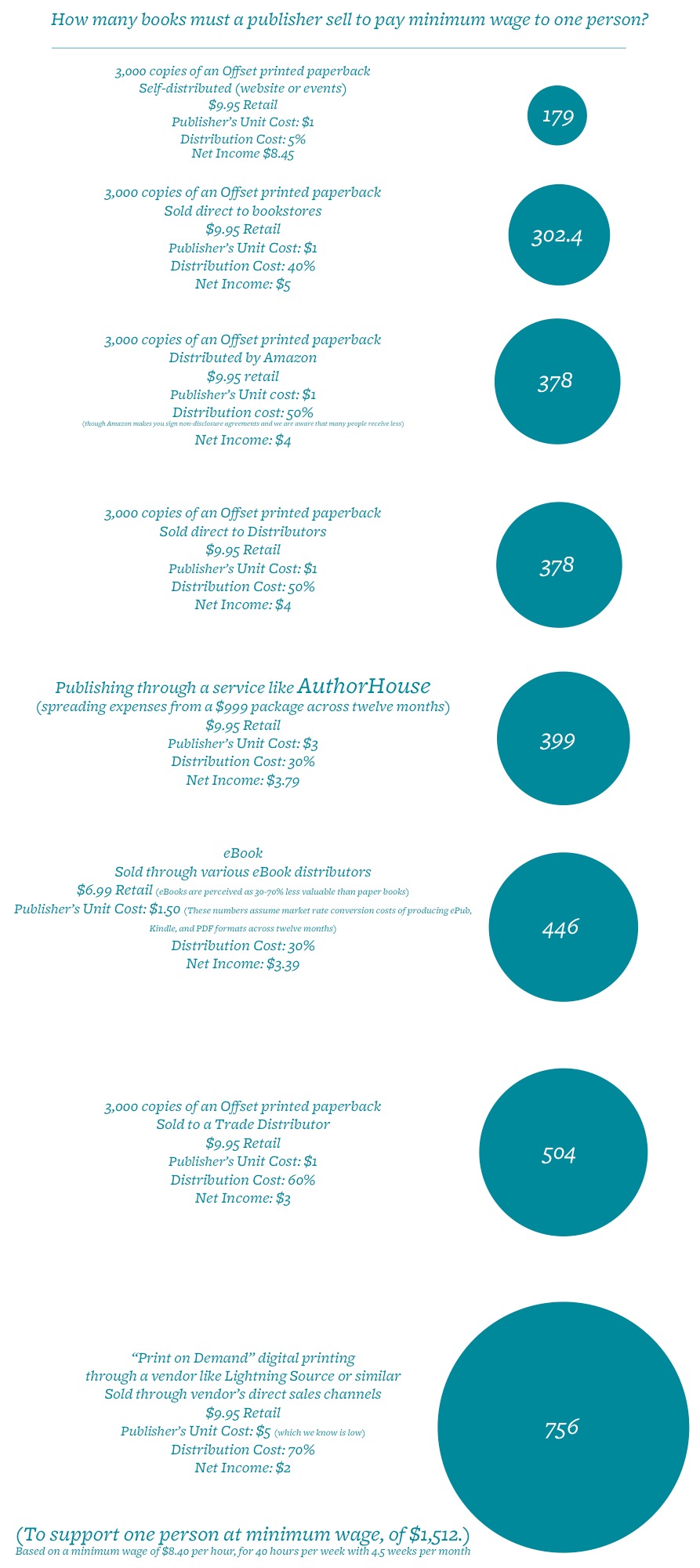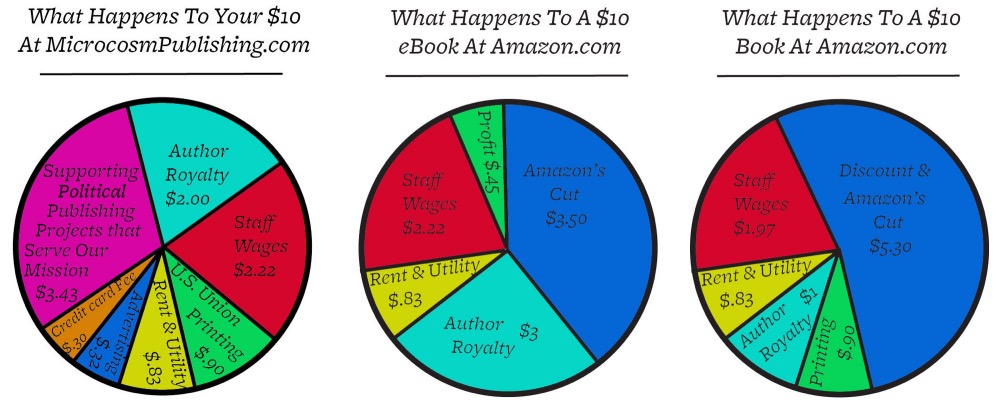Where We Work: The Story of Our Building
This post was researched and written with Microcosm intern Lydia Rogue.
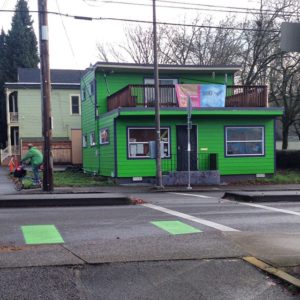
As Microcosm kicks off its 23rd year, we’re taking a look at our history, starting with the building we now occupy with our office and bookstore. When we purchased the building in late 2013, it had already been around for sixty years! We painted over its dull beige exterior with bright green and purple paint that only upset one neighbor enough to leave some alternative sample paint chips taped to our door.
The location was always zoned as a small office space, even when it was originally built in 1953. The original owners were H.C. Plummer & Co, a real estate agency who sold houses all over north Portland.
But it was in 1957 that the most famous occupant moved in – the NAACP moved their credit union here from the house of the organization’s leaders, Otto and Verdell Rutherford; by 1964, the NAACP also had their chapter headquarters here and it was the place you went to register to vote.
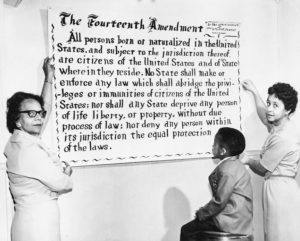
The 14th Amendment graced the walls of the NAACP headquarters. Photo courtesy of Oregon Historical Society
Portland has a long history of racism, and during the 1950s and 1960s, the Albina district (where we call home), was one of the few places Black people were allowed to live. Most banks would deny them home loans – and real estate organizations deemed it ‘unethical’ to sell them a home in a ‘white’ neighborhood.
The NAACP advocated strongly for the community and against school segregation and racist real estate practices. Under the Rutherfords’ leadership in 1953, the historic Oregon Public Accommodations Act was passed, making housing discrimination illegal, among a wide range of other changes.
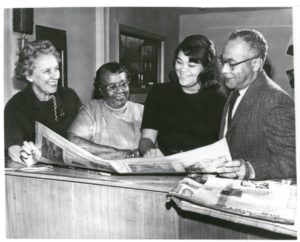
An undated photo taken at the NAACP headquarters – at the far right is Otto Rutherford, next to his daughter Charlotte. Photo courtesy of Oregon Historical Society.
While most of N Williams has been gentrified over the years, buildings torn down and turned into parking lots and trendy shops, this building remains, nestled between historical markers that proudly document African American history all up and down the road.
The NAACP remained in this building until 1983, when they moved to NE Portland.
The credit union, however, remained for several more years, until the building changed hands yet again in 1990. This time, CH2A & Associates took up residency in the building – a consulting firm that specialized in affirmative action, labor relations, conflict resolution, personnel management, and counseling.
Harold C. Williams Sr. co-founded the firm and was its president at the time of his death in 2012. He had been a community leader and on the board of directors for Portland Community College. His son (Harold C. Williams Jr.), following in his father’s footsteps, currently has an active political career.
Now, we hold down the fort in this building, trying not to freeze in the winter or melt in the summer, and trying every day to live up to the activists who worked here before us.
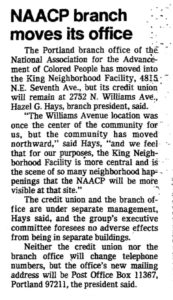
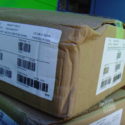
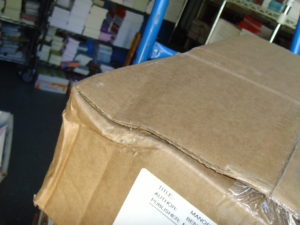
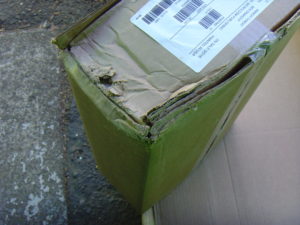
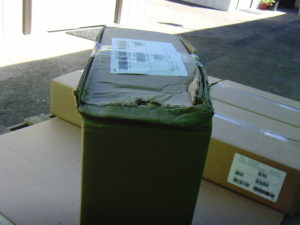
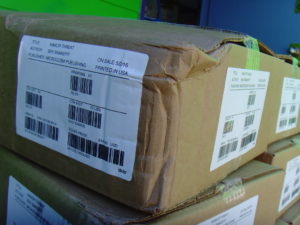

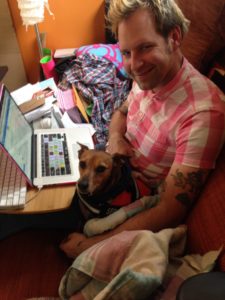 On Valentine’s Day in 2013 I finally brought home Ruby, my medical alert service dog, after years of meetings, phone calls, paperwork, and interviews. She’s been a wonderful angel for most of the time since but every day when we go to work she would be stuck sleeping on my the floor next to my chair. She would periodically look up at me, pleadingly. One thing that I hadn’t realized when I had applied for her was that a dog’s range of emotions is identical to a human’s and that Ruby and I were in a committed relationship. I had to look out for her, make her feel loved, and take care of her.
On Valentine’s Day in 2013 I finally brought home Ruby, my medical alert service dog, after years of meetings, phone calls, paperwork, and interviews. She’s been a wonderful angel for most of the time since but every day when we go to work she would be stuck sleeping on my the floor next to my chair. She would periodically look up at me, pleadingly. One thing that I hadn’t realized when I had applied for her was that a dog’s range of emotions is identical to a human’s and that Ruby and I were in a committed relationship. I had to look out for her, make her feel loved, and take care of her. 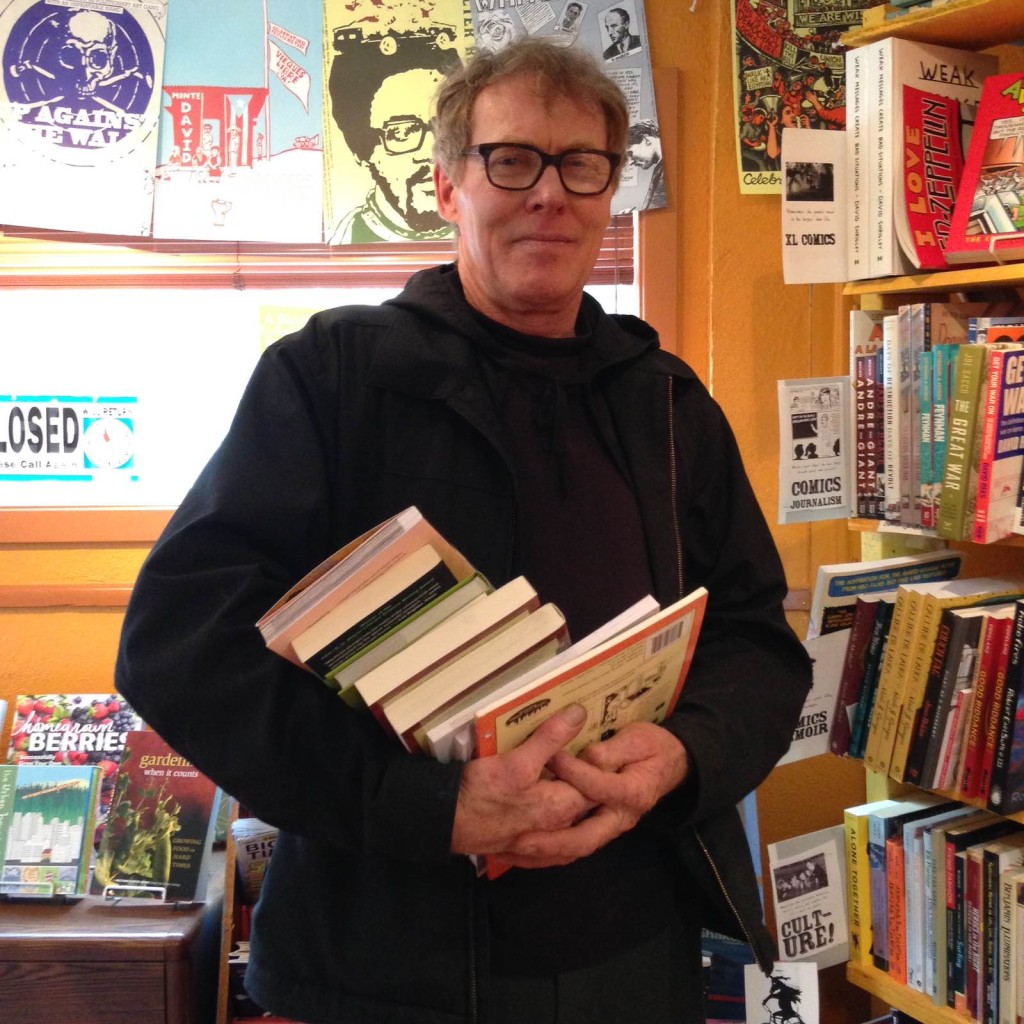 On a rainy day in the year 2000 I received a phone call from a man desperately trying to convince me to let him come visit Microcosm’s warehouse. Microcosm’s warehouse at the time was a 12×6’ room in the basement of my home and doubled as my office. A little nervous, I agreed but made him wait in my living room while I grabbed everything. It would be difficult for both of us to fit in the Microcosm room without first removing my desk. Tom bought over 90% of the zines and books that I had in stock. He also asked about many things that I was sold out of. I had to literally reorder everything that week.
On a rainy day in the year 2000 I received a phone call from a man desperately trying to convince me to let him come visit Microcosm’s warehouse. Microcosm’s warehouse at the time was a 12×6’ room in the basement of my home and doubled as my office. A little nervous, I agreed but made him wait in my living room while I grabbed everything. It would be difficult for both of us to fit in the Microcosm room without first removing my desk. Tom bought over 90% of the zines and books that I had in stock. He also asked about many things that I was sold out of. I had to literally reorder everything that week.  In 2014 at the Pacific Northwest Booksellers Association (PNBA) trade show, as Microcosm was debuting Erik Spellmeyer and Jamie Floyd’s
In 2014 at the Pacific Northwest Booksellers Association (PNBA) trade show, as Microcosm was debuting Erik Spellmeyer and Jamie Floyd’s 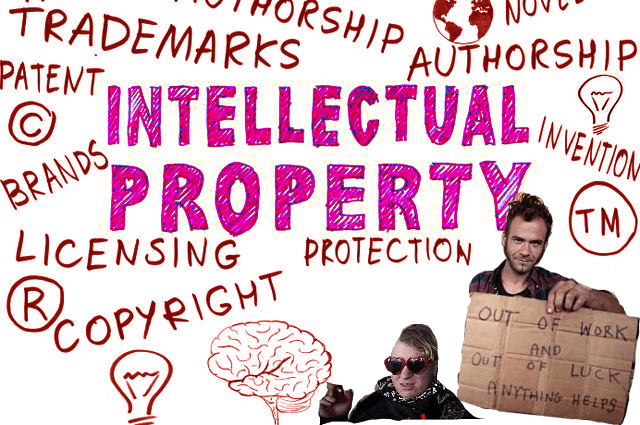

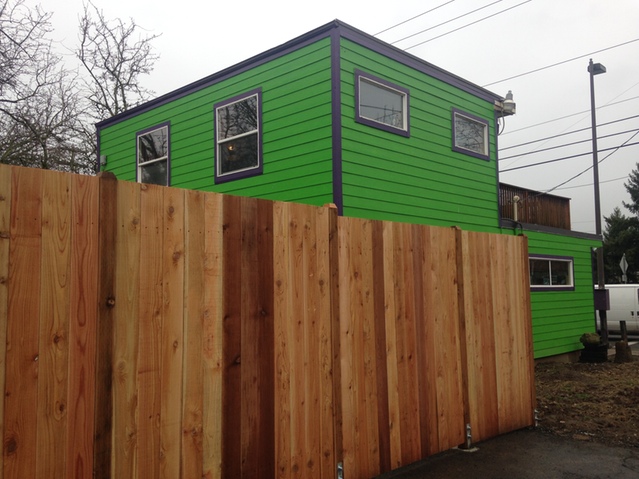 Once upon a time Microcosm was located in a church basement on Ivy Street. We had two and later three adjoining offices. We had a lockable accordian-style door that sectioned off the crawl space under the stairs and a few shelves for warehouse storage. We added a separate room across the building when the boxes were stacked so densely that we could not add one more. We filled every inch of our office and its closets with boxes and then I began filling up my basement at home. When there was indisputably no more room and the landlord raised the rent, it was time to go. We lived holed up in various staff members’ basements and a series of too-small walk-in locations from 2007 until 2010 when we dumped it in all in a big drafty industrial building and signed a deal with a trade distributor to warehouse about 50% of our books.
Once upon a time Microcosm was located in a church basement on Ivy Street. We had two and later three adjoining offices. We had a lockable accordian-style door that sectioned off the crawl space under the stairs and a few shelves for warehouse storage. We added a separate room across the building when the boxes were stacked so densely that we could not add one more. We filled every inch of our office and its closets with boxes and then I began filling up my basement at home. When there was indisputably no more room and the landlord raised the rent, it was time to go. We lived holed up in various staff members’ basements and a series of too-small walk-in locations from 2007 until 2010 when we dumped it in all in a big drafty industrial building and signed a deal with a trade distributor to warehouse about 50% of our books. 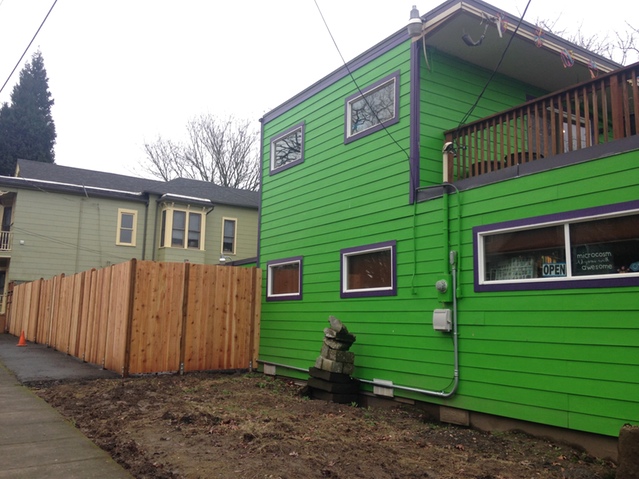 So eventually we found a solution that would work: a fence. Within the height limits and distance from the sidewalk, a fence can create a little privacy and allow for more storage. So over the past 18 months we’ve been steadily under construction and hopefully as a result, we should have enough room for the next two years. This process has forced us to be much more careful about what we publish and how many copies we print. We’ve been teetering close to our tipping point for many years but often that tension can be energizing rather than collapsing.
So eventually we found a solution that would work: a fence. Within the height limits and distance from the sidewalk, a fence can create a little privacy and allow for more storage. So over the past 18 months we’ve been steadily under construction and hopefully as a result, we should have enough room for the next two years. This process has forced us to be much more careful about what we publish and how many copies we print. We’ve been teetering close to our tipping point for many years but often that tension can be energizing rather than collapsing. 